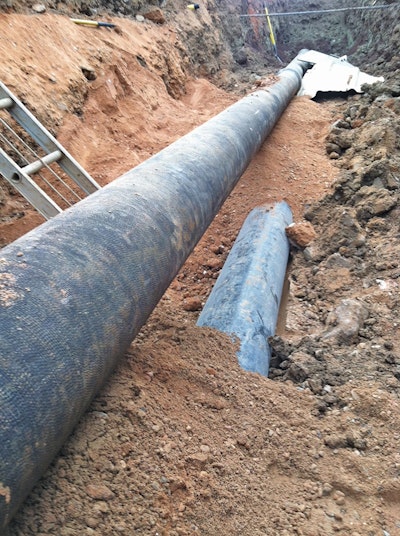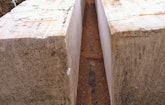
Sinkholes. Massive discharges of untreated wastewater. The consequences of pipeline ruptures and breaks can be disastrous.
Sewer and water pipelines are vulnerable to faulting, seismic activity and other ground movements, but ongoing research is showing EPS geofoam to be a...








